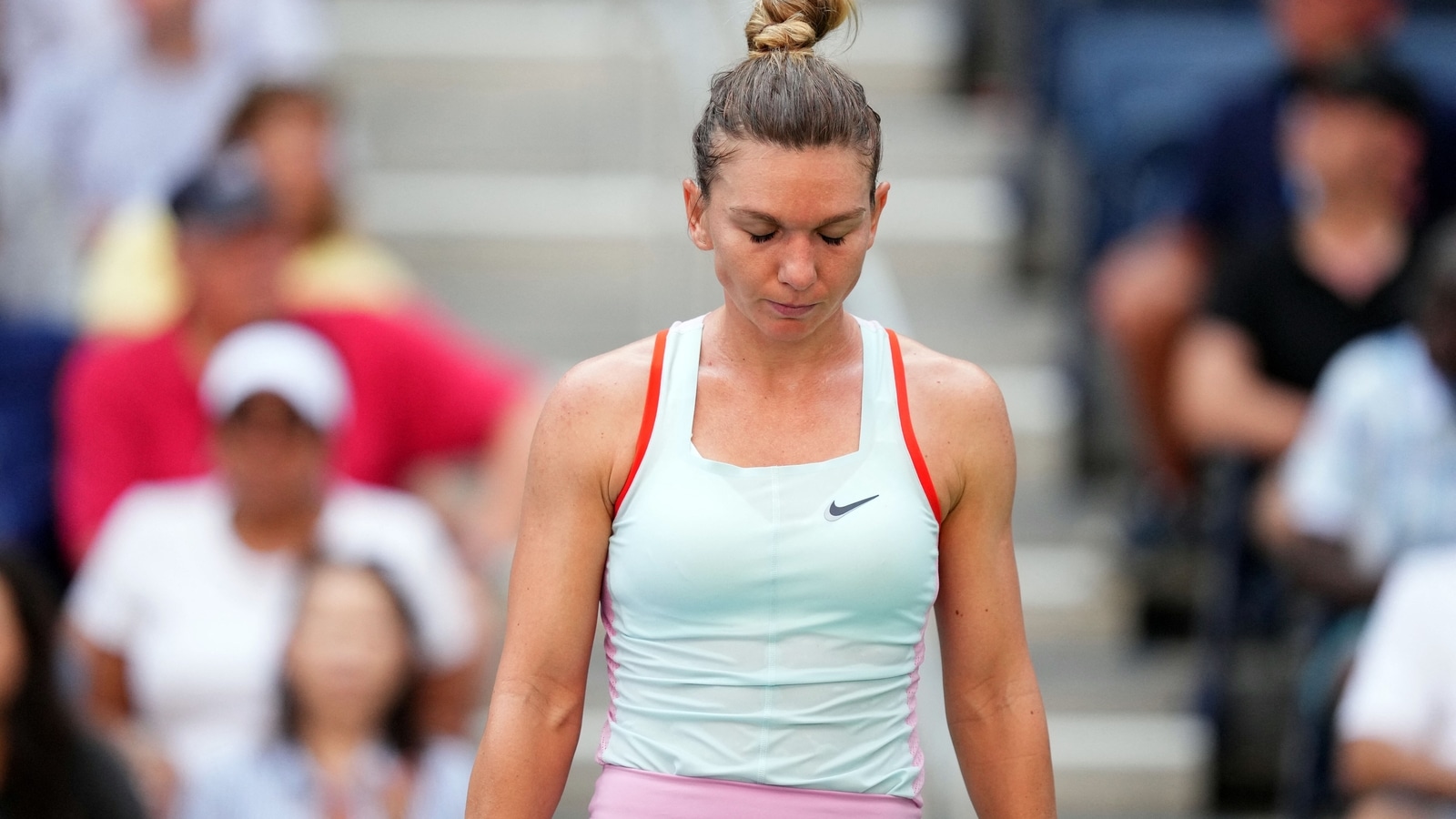
Simona Halep’s suspension for a doping violation has jolted the tennis world at the fag end of the season. The Romanian two-time Grand Slam winner had already ended her topsy-turvy season. Her sample was found to have traces of the banned substance Roxadustat, but has claimed innocence and vowed to fight “for the truth”.
Halep though isn’t the first former world No 1 or multiple-time Grand Slam champion to land in the doping net in tennis. Here’s a look at some other high-profile cases:
Maria Sharapova
When the Russian called a press conference in Los Angeles on March 7, 2016, the buzz was about the “R” word. Shockingly instead, the “D” word cropped up. Dressed in black for one of the most dramatic off-court moments in tennis history, the Russian star revealed she had failed a dope test at the 2016 Australian Open.
Sharapova, 28 then, said she had been taking meldonium (also known as mildronate) for 10 years for her irregular heartbeat and a family history of diabetes. The drug was added to the World Anti-Doping Agency (WADA)’s banned substances list in January 2016, which, Sharapova claimed, neither she nor her team was aware of (her team, specifcially her then agent Max Eisenbud, had skipped reading emails about it).
Sharapova’s initial two-year ban was reduced to 15 months after appealing to the Court of Arbitration for Sport (CAS). The CAS panel ruled that the tennis star was not an “intentional doper”, adding that her case “was not about an athlete who cheated”.
The five-time singles Grand Slam champion returned to the tour in April 2017 and the same season captured her first WTA title in two years.
Andre Agassi
In his autobiography, Open, released much after his retirement, the US star revealed he took crystal meth in 1997 and then lied about it to the ATP, which kept it under wraps.
His career in a freefall after a string of injuries and dip in form, Agassi took the drug in a “moment of regret, followed by vast sadness”, as he put it in his book. He then recalled receiving a call from an ATP doctor who informed him about his failed drug test.
Having cooked up a story about his drink being spiked with the drug, Agassi was let off by the ATP, which dealt with matters of doping in men’s tennis on its own back then.
The body hushed up the case, and it remained so till Agassi chose to come clean in his book. His revelations sparked criticism of the ATP by the World Anti-Doping Agency, WADA, and the International Tennis Federation.
Martina Hingis
The Swiss star’s comeback from her first retirement was halted abruptly when she tested positive for a metabolite of cocaine at Wimbledon in 2007. “Frustrated and angry”, Hingis said at a press conference that she was “100 percent innocent”, calling the accusations “so horrendous, so monstrous”. She however said she would retire again because she did not wish to spend a lengthy period of legal process.
In January 2008, Hingis was banned for two years after an independent panel found no merit in her defence, terming the case “simple and straightforward”. Hingis did not appeal the verdict. The Swiss star though made a second comeback in 2013 and scaled the No 1 ranking in doubles.
Richard Gasquet
The French player had his possible one-year ban reduced to two-and-a-half months after successfully convincing a panel that he had been inadvertently ingested cocaine after kissing a woman in a nightclub. He tested positive in March 2009 after pulling out of a tournament in Florida with shoulder injury. He then visited a nightclub in Miami, where he said he kissed the woman named Pamela. The CAS panel noted that Gasquet was “on the balance of probability, contaminated with cocaine by Pamela”. It absolved him of direct guilt.
A significant factor in the verdict was the quantity of the drug found in his urine sample, which “was so small that if he had been tested only a few hours later, his test result would be likely to have been negative,” the tribunal noted. Gasquet was free to compete on the Tour immediately after the verdict.
Wayne Odesnik
In perhaps the most stringent doping suspension in professional tennis, the American was banned for 15 years in March 2015 for a second doping offence. He was first banned in 2010 after pleading guilty to importing human growth hormone into Australia. His suspension was reduced from two years to one by the ITF for cooperating with investigations.
They were in no mood for leniency the second time when he tested positive for several banned substances, including steroids, in 2015, banning him till 2030. This was also a case where several top stars spoke out in favour of the suspension. Rafael Nadal said the player didn’t deserve to be on Tour if he’s been caught twice while Andy Murray tweeted, “Bye bye Wayne… Good riddance.”
This news is republished from another source. You can check the original article here


